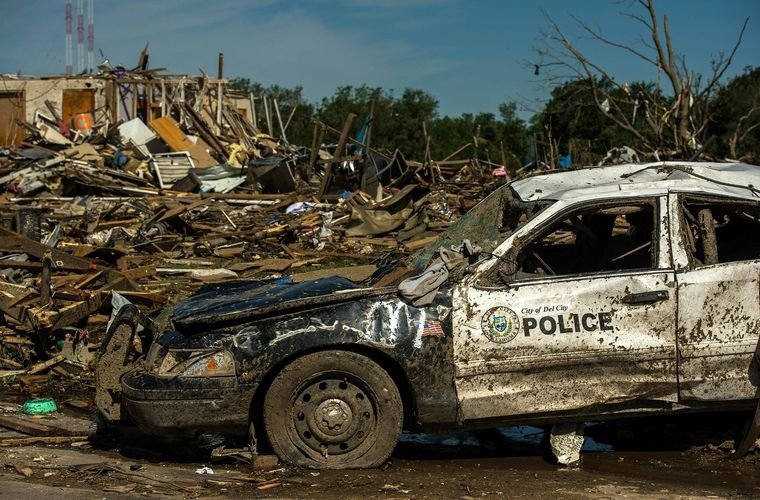In the beginning, it was a warning that aired over the radio, and sometimes on the TV. Now, thanks to social media, individuals can easily follow tornado warnings in the area, hinting at evolution in how the National Weather Service will disseminate information about severe weather in the future. The use of social media as a tornado warning system has already been shown to be effective, especially as these twisters are shifting their course toward the Southeast.
Background: Tornadoes and Climate Change
Many are worried that the frequency of tornadoes are increasing, and rightfully so. Research has shown that in December of 2021 alone, there were more than 60 tornadoes that ripped through Kentucky and its neighboring states. This is just one example revealing that tornadoes are getting more intense, and more frequent. Studies have also predicted that these tornadoes will also come in swarms.
If this weren’t scary enough, the once-famous “twister alley” of the Midwest seems to be shifting to the east, as more tornadoes are appearing in areas like Mississippi and Kentucky, a swath of area known as “Dixie Alley.” This seems to be a result of climate change, as experts have found that the dry line separating the wetter Eastern U.S. from the drier Western U.S. has shifted by 140 miles since the late 1800s. This dryline can help create tornadoes as it juxtaposes warm and cold air. While there are no predictions on how this dryline may move in the future, individuals in Dixie Alley are having to adjust to a windier lifestyle.
Analysis: Social Media Is Helping to Save Lives
While the rates and intensities of these twisters are on the rise, the per capita death toll from tornadoes has decreased significantly in the past 50 years. From better weather models to stronger buildings, there are many factors in keeping the death toll down. One of the biggest current contributors is social media, which acts as its own tornado warning system. Using Twitter or Facebook, individuals can easily follow the path of a storm and know to evacuate.
The social media system has already proven effective in past incidents of extreme weather, from recent tornadoes to even the Marshall and NCAR fires in Colorado. Because of this, many groups are moving to social media as a way to spread information as quickly as possible.
Outlook: Not Sirens but Social Media
“Social media is one of our most powerful tools when it comes to talking about severe weather with the public,” explained Rick Smith, the Warning Coordination Meteorologist at the National Weather Service based in Norman, Oklahoma. “Facebook, Twitter, YouTube, and other platforms give us a direct link to the people that we serve, and allow us to not only share information to help people prepare for and deal with severe weather, but also gather storm reports for the public.” The National Weather Service is just one of the organizations using social platforms to spread information. Not only are these platforms useful for warnings, but can help with clean-up in the aftermath of the storm, and help find missing individuals. As these storms get more severe and more common, more individuals will turn to social media, reading hashtags and government accounts to find the latest weather updates in their area.
Kenna Castleberry is a staff writer at the Debrief and the Science Communicator at JILA (a partnership between the University of Colorado Boulder and NIST). She focuses on deep tech, the metaverse, and quantum technology. You can find more of her work at her website: https://kennacastleberry.com/

